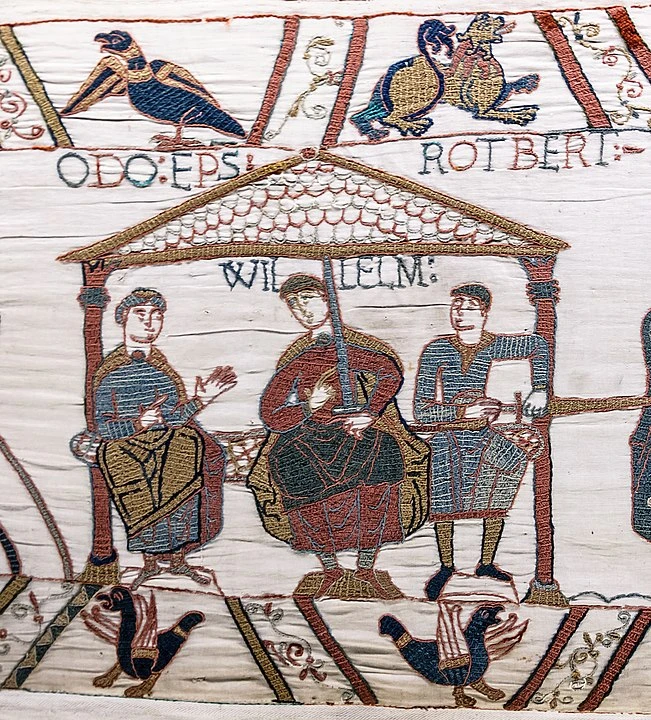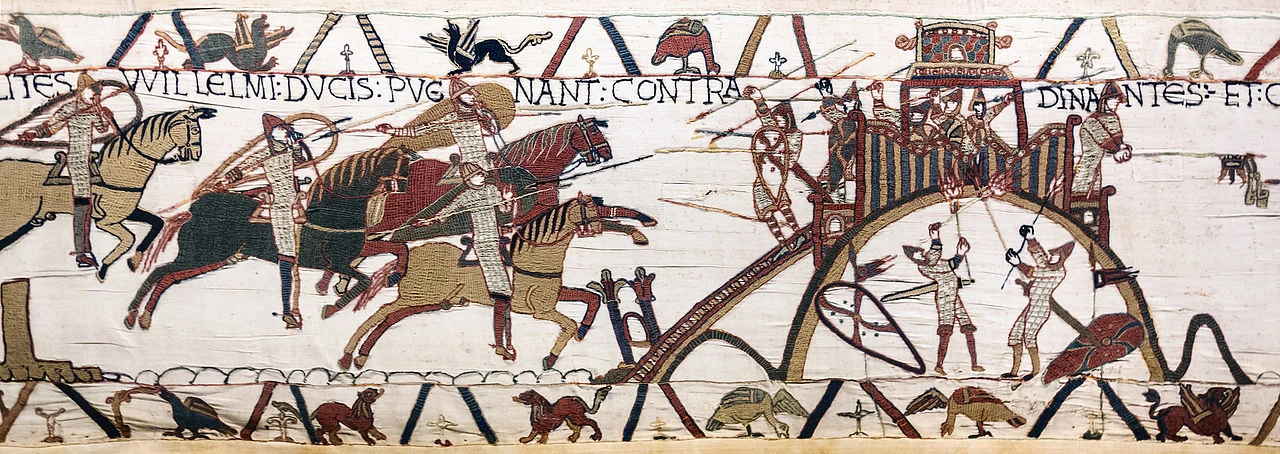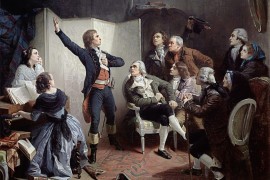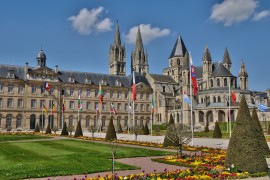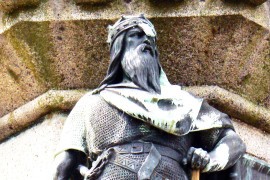An extraordinary birth
William was born around 1028 in Falaise, Normandy. He was the illegitimate son of Robert the Magnificent, Duke of Normandy, and Herleva, daughter of a tanner. He was nicknamed Guillaume le Bâtard from an early age, an origin that earned him scorn and mistrust but spurred him on to greater self-assertion.
At just eight years of age, he became Duke of Normandy on the death of his father. William's childhood was marked by instability, with rivalries between barons, assassination attempts and plots. This young boy must learn early on to survive in a brutal world.
The duke who imposes his authority
As a teenager, William took the reins of his duchy. His youth did not prevent him from becoming a feared warlord. He asserted his authority over rebellious barons, notably at the battle of Val-ès-Dunes in 1047, where he crushed his opponents with the help of King Henry I of France. Gradually, he consolidated his power, developed an efficient administration and imposed unwavering loyalty on his vassals.
William the Conqueror, accompanied by his half-brothers, on his right Odon and on his left Robert, Bayeux tapestry. Photo by Myrabella / Wiki Commons
A strategic marriage
In 1053, William married Mathilde of Flanders, a prestigious union that strengthened his influence. Their marriage, initially contested by the Church, was eventually blessed and gave birth to ten children, several of whom would play a role in the history of England and Normandy. Mathilde, a cultured and influential woman, actively supported her husband in his ambitions.
The conquest of England
When King Edward the Confessor of England died in January 1066, a succession crisis erupted. William, Edward's distant cousin, claimed the throne. But it was Harold Godwinson who was crowned. William does not accept this. He raises an impressive fleet of 700 ships and crosses the English Channel with around 7,000 men. On October 14, 1066, at Hastings, the Normans face Harold and his army. The battle is fierce, but the strategically-minded William prevails. Harold is killed by an arrow to the eye, according to the famous Bayeux tapestry. William is crowned king of England on December 25, 1066 at Westminster Abbey. This is a historic turning point: a Norman duke becomes king of England.
The siege of Dinan in Brittany by William the Conqueror Photo by Myrabella / Wiki Commons
The King of England
King but not yet master, William was faced with numerous English revolts. His response was relentless: he harshly suppressed the uprisings, particularly in the North, where he led the "Harrying of the North", a scorched-earth campaign that terrorized the populations.
He rewarded his loyal Norman knights with English lands, laying the foundations for a new Anglo-Norman aristocracy. In 1086, William commissioned the Domesday Book, a huge census of the kingdom's lands and wealth. It was one of the first major administrative inventories in European history.
Builder and organizer
William introduced Norman Romanesque architecture to England. His reign also marked the centralization of royal power and a new feudal organization that gave England its lasting structure.
The death of the Conqueror
In 1087, during a siege of Mantes, William was wounded when he fell from his horse. He died in Rouen on September 9, 1087. His body was taken to Caen and buried in the Abbey aux Hommes he had founded. His burial was chaotic: the coffin, too small, burst, an ironic symbol of an extraordinary destiny.
FAQ
Who was William the Conqueror?
William (c. 1028-1087), Duke of Normandy and later King of England, was victorious at the Battle of Hastings in 1066.
How did William become King of England?
He claimed the throne on the death of Edward the Confessor, crossed the Channel and defeated Harold at Hastings in October 1066.
What reforms did William the Conqueror introduce?
He introduced the Anglo-Norman feudal system, drew up the Domesday Book in 1086 and built fortresses and cathedrals.
Where is William the Conqueror buried?
He is buried in Caen, in the Abbey aux Hommes, founded by himself.
What was William the Conqueror's most famous battle?
The Battle of Hastings, October 14, 1066, where he defeated Harold Godwinson to become King of England.

